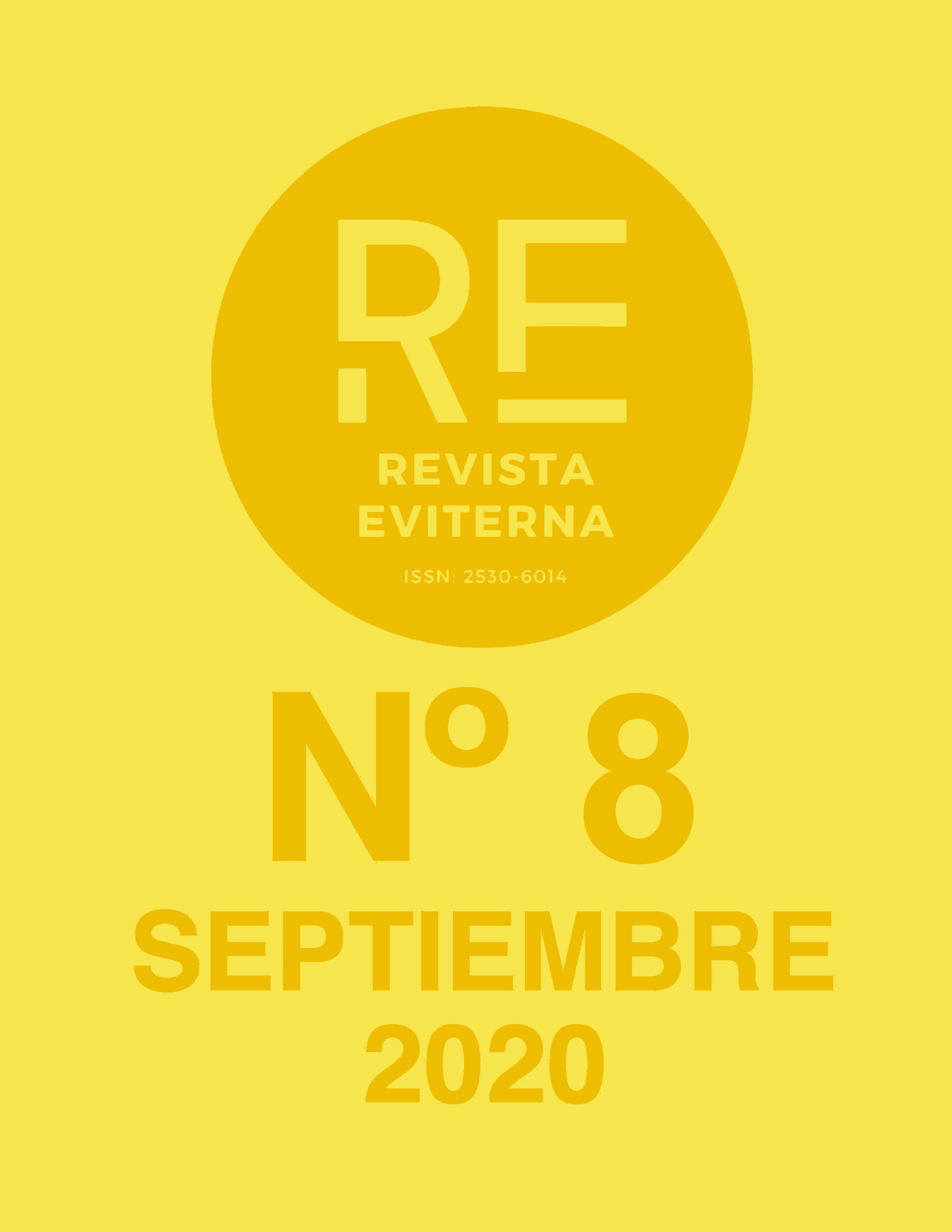The Neo-gothic façade of the Cathedral of Barcelona
Safeguard and transfiguration of the medieval memory
DOI:
https://doi.org/10.24310/Eviternare.vi8.9624Keywords:
medievalism, neo-Gothic, Gothic, façade, Cathedral of BarcelonaAbstract
The Cathedral of Barcelona is one of the landmarks of the Gothic quarter of the city, especially for its façade, a monument in the landscape. However, it is a neo-Gothic façade built in a context of expansion of medievalism in different sectors of society, materialized in architecture by neo-Gothic; In addition, the context of the celebration of the Universal Exhibition in the city, in the year 1888, fostered the architectural patronage in Barcelona. The new façade, created under competition promoted by the banker Manuel Girona, replaced the wall of the fifteenth century, built in the face of the impossibility of execution of the original project for economic reasons. Although the theme of the reconstruction of the façade is quite explored by historiography, we will seek to deal specifically with the temporal scope, of the permanence and ruptures. We will discuss the peculiarities and aesthetic, material and ideological approaches between the original Gothic façade, designed by Master Carlí in the fifteenth century, which was never built, and the project actually carried out in the nineteenth century by José Oriol Mestres. We will analyze the relationship between Gothic and Neo-Gothic in that building, between the Middle Ages and its contemporary recreation; we will consider the new constructive possibilities of the eight hundred applied to that significant intervention and we will problematize its intentions on the Cathedral as a historical heritage and plausible memory of manipulations.
Downloads
Metrics
References
Amades i Gelats, Joan (1932). Tradicions de la Seu de Barcelona. Centre de Promoció de la Cultura Popular i Tradicional Catalana: Barcelona.
Boto Varela, G. (2016). De relicario monumental a reliquia memorable. La conservación de las “arquitecturas venerables”, de la Edad Media al siglo X. En Giráldez, P. & Vendrell, M. (Coords.). Transformació, destrucció i restauració dels espais medievals (pp. 51-77). Barcelona, Patrimoni 2.0 Edicions.
Carreras i Candi, F. (1913), Les obres de la Catedral de Barcelona. 1298-1445, Boletín de la Real Academia de Buenas Letras de Barcelona, v.7, pp. 22-50.
- (1914), Les obres de la Catedral de Barcelona. 1298-1445. (Continuació), Boletín de la Real Academia de Buenas Letras de Barcelona, v.7, n° 53, (gener a març), pp. 302-317.
- (1914), Les obres de la Catedral de Barcelona. 1298-1445. (Acabament), Boletín de la Real Academia de Buenas Letras de Barcelona, v.7, n°56, (octubre a desembre), pp. 510-515.
Krautheimer, Richard (2018). Introducción a una iconografía de la arquitectura medieval. Traducción de Ander Gondra Aguirre. Sans Soleil Ediciones, Vitoria-Gasteiz: Buenos Aires.
Le Goff, Jacques (2013). Uma longa Idade Média. 4ª Ed. Civilização Brasileira: Rio de Janeiro.
López de Leiva, L. (2019). La arquitectura gótica en la ciudad de Barcelona: la Catedral de la Santa Cruz y Santa Eulalia y la Basílica de Santa María del Mar. (Trabajo fin de grado). Recuperado de: https://repositorio.unican.es/xmlui/handle/10902/17141
Terés i Tomàs, M. R. (2003), Les obres de la catedral de Barcelona i la intervenció de Francesc Marata, un escultor del gòtic internacional. Barcelona Quaderns d’Història, n° 8, pp. 201-231.
Pugin, Augustus (1853). The true principles of Pointed or Christian Architecture. Henry G. Bohn, York Street, Covent Garden: London.
Urbano Lorente, J. (2014), La polémica restauración de la fachada de la Catedral de Barcelona en el siglo XIX, Hispania Sacra, v. 66, nº. 133, enero-junio, pp. 209-233.
Zaragozá Catalán, A. & Ibáñez Fernández, J. (2011), Materiales, técnicas y significados en torno a la arquitectura de la Corona de Aragón en tiempos del Compromiso de Caspe (1410-1412). Artigrama, nº 26, pp. 21-102.
Downloads
Published
How to Cite
Issue
Section
License
All the contents published in Revista Eviterna are subject to the Creative Commons Reconocimento-NoComercia-Compartirigual 4.0 license, the full text of which can be found at <http://creativecommons.org/licenses/by-nc-sa/4.0>
They may be copied, used, disseminated, transmitted and publicly exposed, provided that:
The authorship and original source of your publication (Journal, editorial and URL of the work) are cited.
They are not used for commercial purposes.
The existence and specifications of this use license are mentioned.

Copyright is of two kinds: moral rights and patrimonial rights. Moral rights are perpetual, inalienable, inalienable, inalienable, inalienable and imprescriptible prerogatives.
In accordance with copyright legislation, Revista Eviterna recognizes and respects the moral rights of the authors, as well as the ownership of the economic right, which will be transferred to the University of Malaga for dissemination in open access.
The economic rights refer to the benefits obtained by the use or disclosure of the works. Revista Eviterna is published in open access and is exclusively authorized to carry out or authorize by any means the use, distribution, disclosure, reproduction, adaptation, translation or transformation of the work.
It is the responsibility of the authors to obtain the necessary permissions of the images that are subject to copyright.






12.png)
